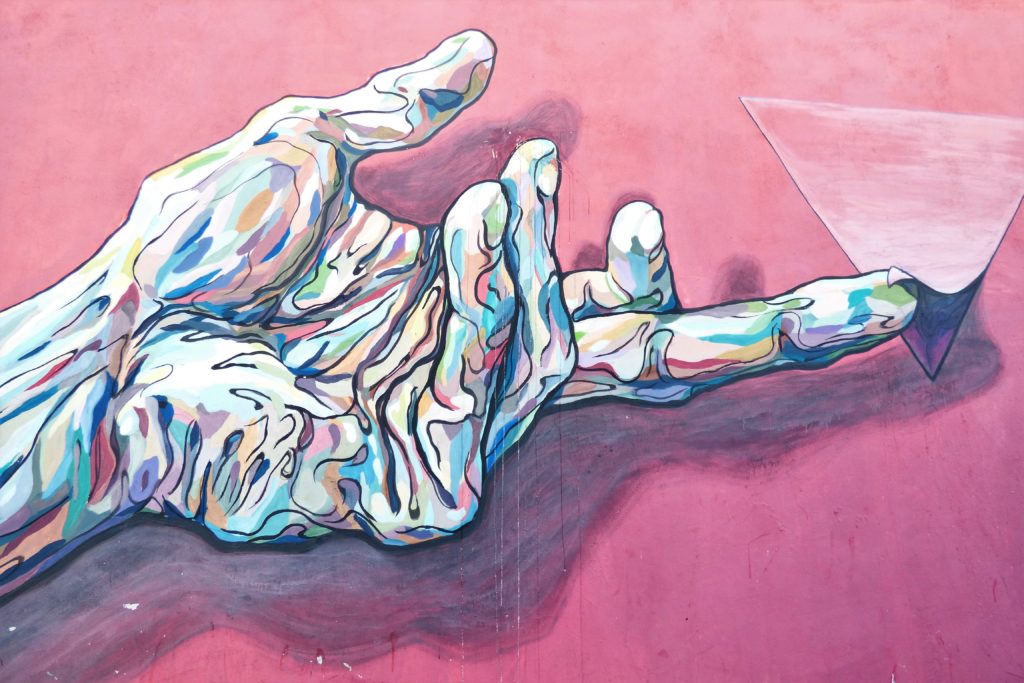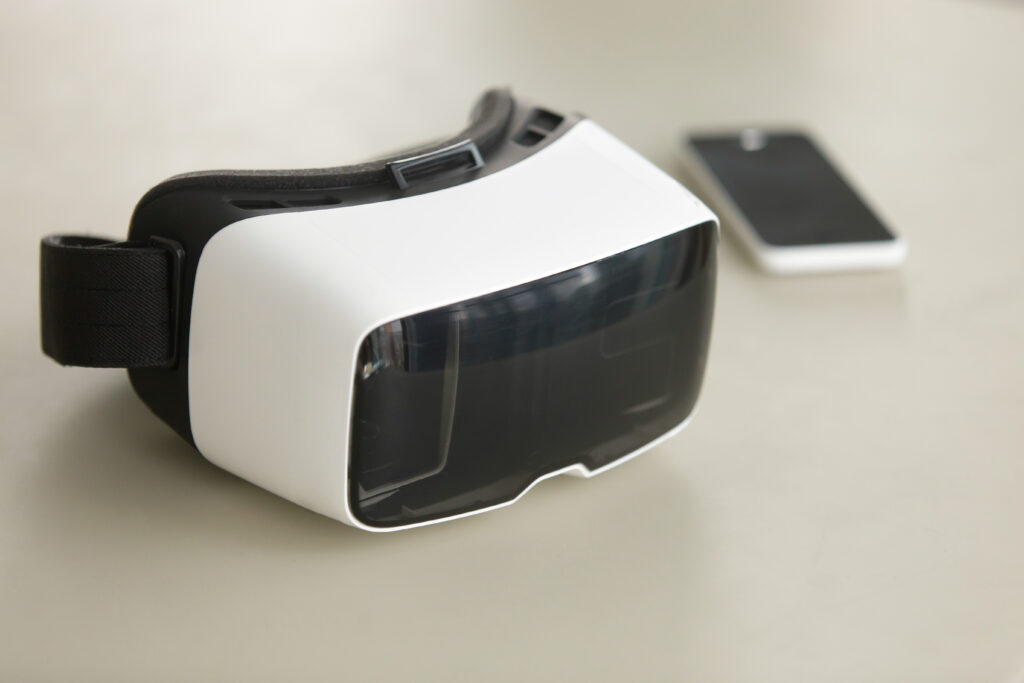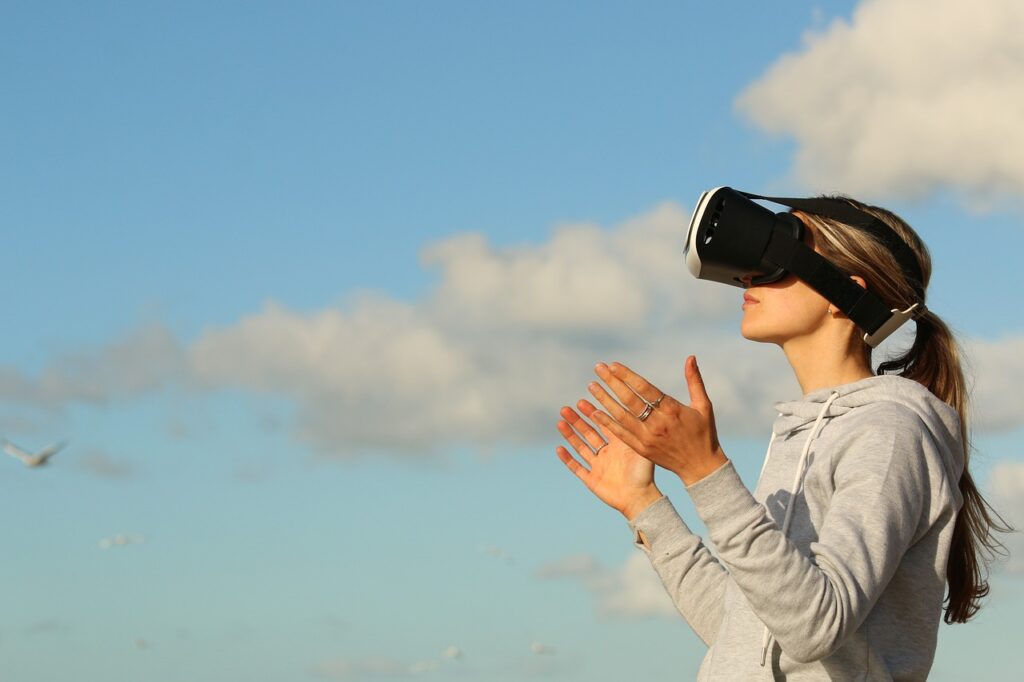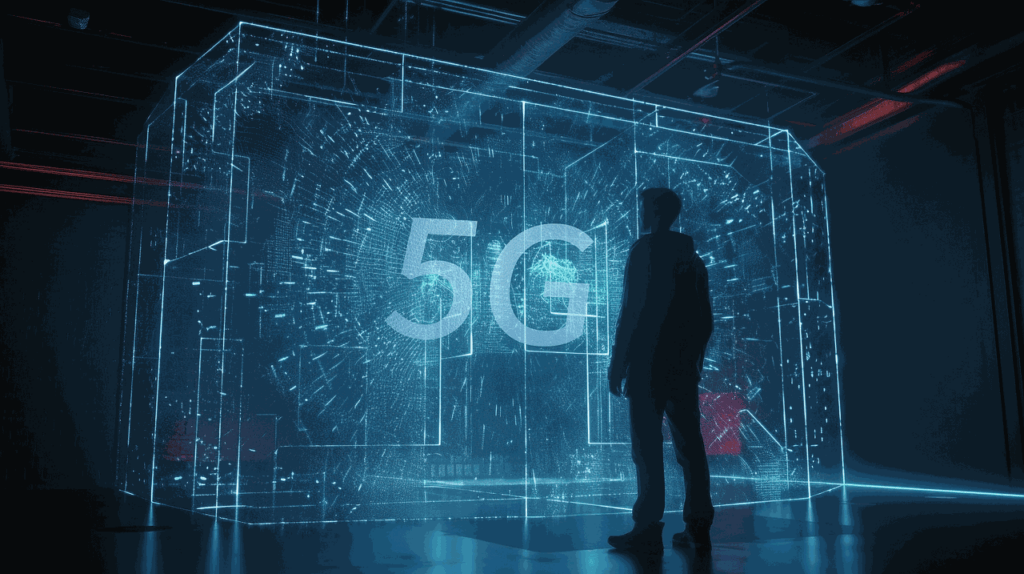Leonardo da Vinci once said, “Study the science of art and the art of science” and that statement has not been truer than it is in today’s art scene. Previously, science and art tended to be very separate from each other. The study of science involved clearing the mind of creativity and art and focusing on the facts. However, nowadays, the evolution of science and technology is working to change the future of art. Technology has created more accessible tools for the production of art, changed the arena of self-expression, and accelerated the process in which art can be funded and distributed.
Technology is Changing an Artist’s Palette
When you think about an artist’s tools, most people will imagine paint, brushes, pencils, and stencils. However, with the advancement of technology also comes the advancement of an artist’s palette. For example, artists can now use 3D printers to create magnificent and real works of art. One artist, Eyal Gever is actually known for using coding and 3D printing to bring to life sculptures of epic events such as waterfalls and explosions. He’s now using his art to work with scientists from NASA on his latest projects, #laugh. This project will create visualizations of human laughter that will be 3D printed on the International Space Station. Clearly, artists are no longer bounded by the traditional tools of art, and are now exploring technologies such as 3D printing and even artificial intelligence.
Expanding the Canvas with Technology
Technology isn’t only changing the tools that artists use, but it’s also redefining the canvas. Artists are now jumping off the paper and projecting their art all over the world. One amazing place to showcase art is the virtual world. For example, a traveling exhibition called Bjork Digital is using virtual reality and music to create an engaging and personalized experience for people to connect with art. Visitors go into a series of rooms equipped with virtual reality headsets and headphones that they strap on before sitting down on stools that spin. This environment erases any sense of a building or the other guests around you as you gaze at beautiful art. Other artists have also used mirrors and lights as their canvas, and many people are using the sides of buildings and historical monuments.
Technology Disrupts the Distribution of Art
Today, we live in a connected world. The Internet allows us to talk and meet someone across the world. This connectivity has also disrupted the art world. With the advancement of technology and increased access to the Internet, the impact of art or an artist is no longer bounded by the physical limitation of an art gallery. Now, art can be produced and distributed to people all over the world. This also allows more people to view art, allowing it to leave the realm of the elite or exceptionally talented. With social media and crowd-funded platforms such as Kickstarter, today’s artist can create new and imaginative works of arts for everyone, regardless of social standing, at a low cost.
Science is merging with art to create an entirely new experience for both the artist and the viewer. In the future, we can expect this to change even more as we explore the intersection of creativity and technology.
- How Modern Technology Is Keeping Classic Cars On The Roads - September 28, 2023
- Innovation Through Music – How Production Tech Is Expanding Genres - August 11, 2023
- Mu6label: The AI-Powered Device That Helps You Learn Guitar - July 8, 2023




Comments are closed.